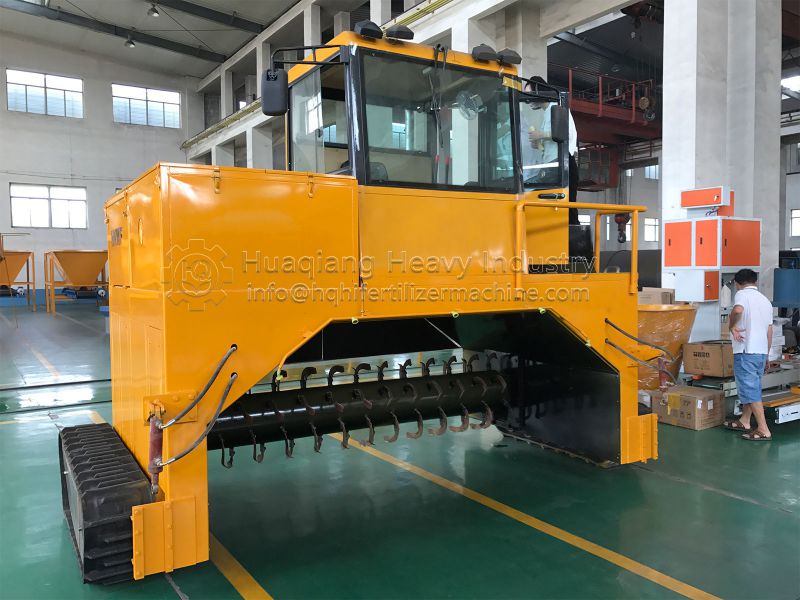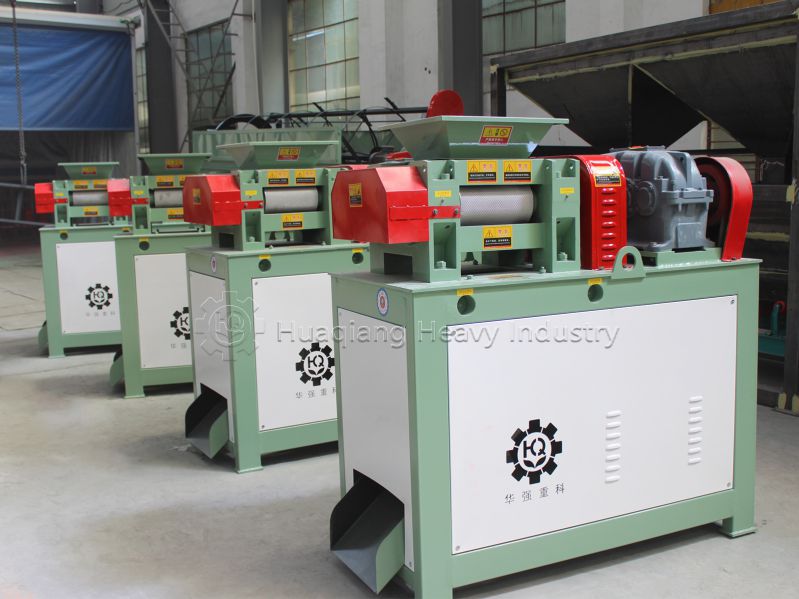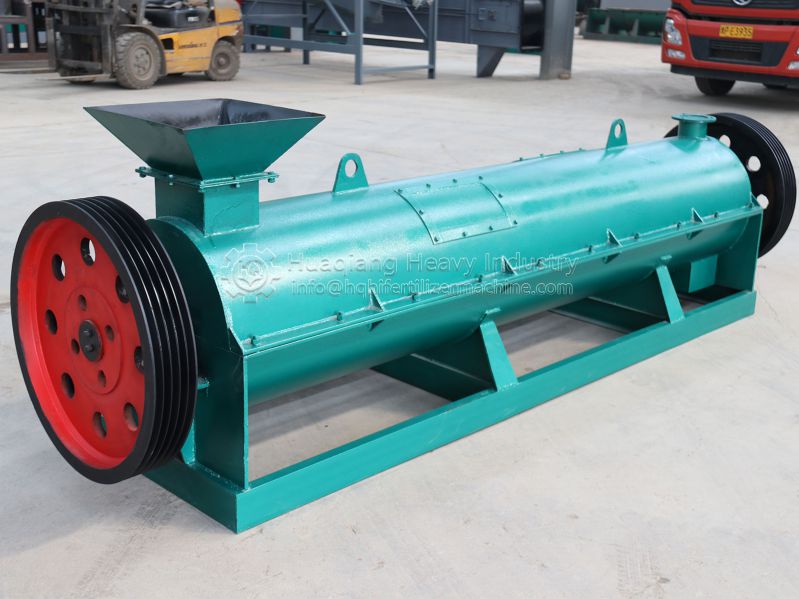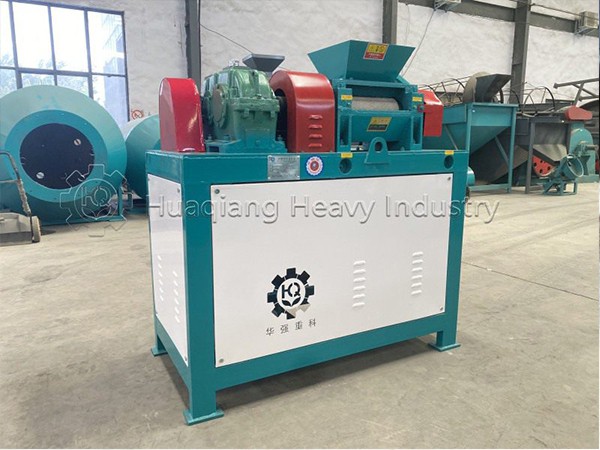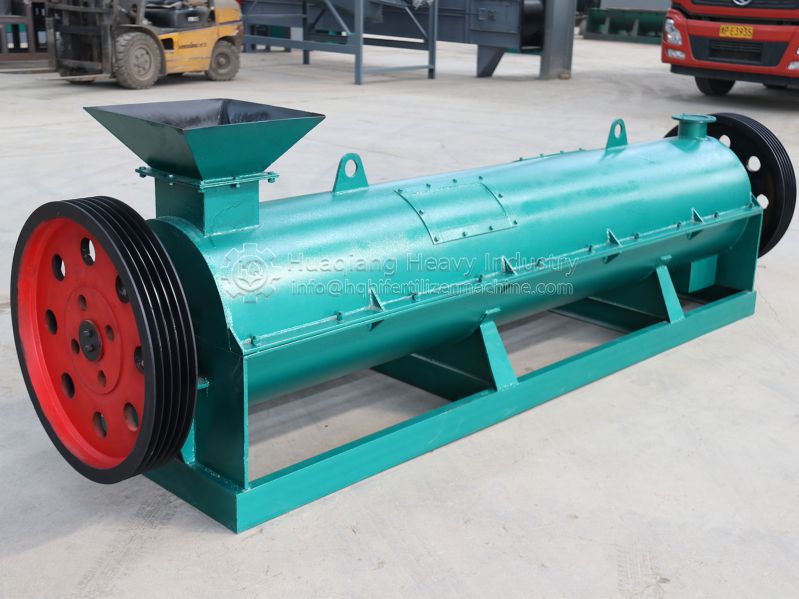New type organic fertilizer granulator: Unlocking unique advantages of multi-dimensional upgrades
As the organic fertilizer industry transforms towards high efficiency and green practices, the new type organic fertilizer granulator has developed unique advantages over traditional equipment through technological upgrades. It addresses the pain points of traditional granulators while meeting the demands of modern production and the market.
1.Versatile Raw Material Compatibility
The granulator is compatible with not only conventional raw materials such as livestock manure and straw, but also efficiently processes high-fiber (oil palm empty fruit bunch, mushroom residue) and high-moisture (30%-40%) raw materials that are difficult to form. Optimized extrusion structure and die design prevent blockages caused by fiber entanglement and material adhesion.
2.Low Energy Consumption and Environmental Protection
The new type organic fertilizer granulator uses an energy-saving motor and optimized transmission structure, resulting in low energy consumption. Simultaneously, the fully enclosed design, coupled with a dust recovery device, keeps dust generation during the granulation process to extremely low levels, reducing the impact on the workshop environment and operators.
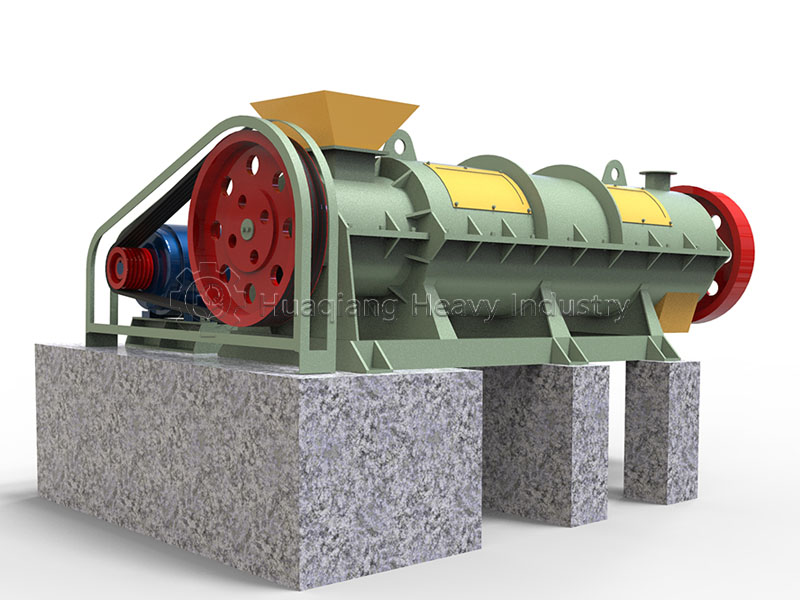
3.Intelligent and Precise Parameter Control
The granulator incorporates a simple intelligent control system that automatically adjusts parameters such as roller pressure and speed based on raw material characteristics (humidity, particle size, viscosity). This eliminates the need for frequent manual adjustments, ensuring stable production of uniform granules with the required hardness.
4.Improved Granule Quality and Production Efficiency
By optimizing the contact method between the rollers and the die, the new type organic fertilizer granulator increases the material forming rate, reducing raw material waste. The formed granules are not only dense and less prone to breakage, but also form a uniform porous structure, facilitating the slow release of nutrients. Simultaneously, the equipment’s anti-clogging design and easy-to-clean structure reduce downtime for maintenance.

